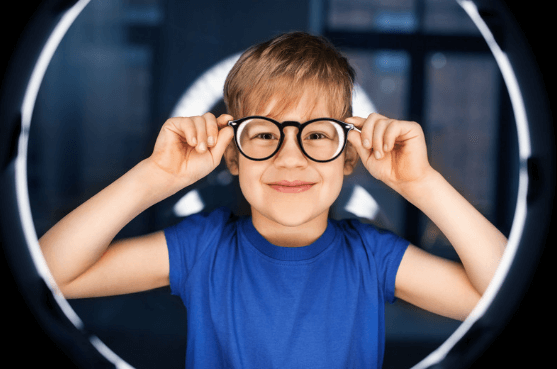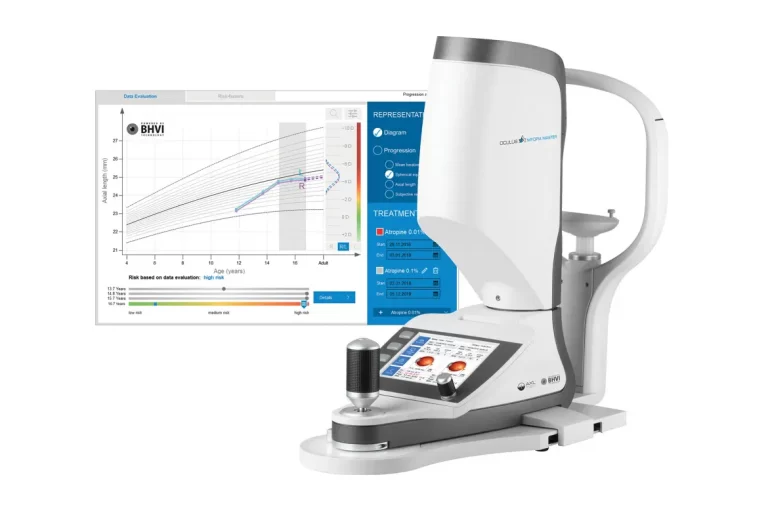Myopia Control in Calgary
The progression of Myopia (nearsightedness) in childhood can be slowed. In fact, myopia control for nearsightedness in children is now considered by the Canadian Association of Optometrists as the standard of care to reduce the risk of eye diseases later in life. Annual eye exams are essential for early detection of nearsightedness.
The Myopia Clinic at Mission Eye Care is the only clinic in Canada with 3 residency trained optometrists with special interest in this field. Evidence based treatments including orthokeratology, specialized soft contact lenses, specialized eyeglass lenses, and pharmaceutical treatments can reduce the progression of your child’s myopia. We use the latest technology to precisely monitor changes and tailor treatments for best results.
What Causes Myopia?
With our children spending more time in front of screens and less time outdoors, myopia is fast becoming an epidemic, with 50% of children expected to be myopic by 2050.
Myopia, or nearsightedness occurs when the eyeball grows too long and light focuses in front of the retina, resulting in blurry vision.
The higher the myopia, the more stretching of delicate tissues inside the eye, increasing the risk of sight threatening diseases and even blindness later in life.
In addition to increased screen time, there are a number of other risk factors associated with the progression of myopia including lack of outdoor time, having myopic parents, and other genetic factors.
What Causes Myopia?
With our children spending more time in front of screens and less time outdoors, myopia is fast becoming an epidemic, with 50% of children expected to be myopic by 2050.
Myopia, or nearsightedness occurs when the eyeball grows too long and light focuses in front of the retina, resulting in blurry vision.
The higher the myopia, the more stretching of delicate tissues inside the eye, increasing the risk of sight threatening diseases and even blindness later in life.
In addition to increased screen time, there are a number of other risk factors associated with the progression of myopia including lack of outdoor time, having myopic parents, and other genetic factors.

Symptoms & Signs Of Myopia In Kids
Myopia symptoms in kids include:
- Squinting or head turning
- Difficulty seeing the whiteboard
- Sitting very close to the tv or computer screen
- Struggling in activities requiring hand-eye coordination

Symptoms & Signs Of Myopia In Kids
Myopia symptoms in kids include:
- Squinting or head turning
- Difficulty seeing the whiteboard
- Sitting very close to the tv or computer screen
- Struggling in activities requiring hand-eye coordination
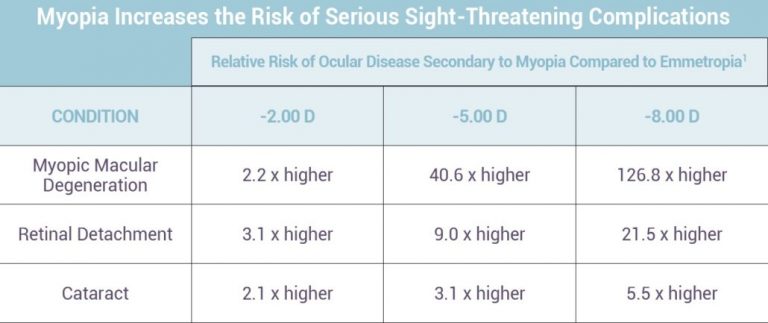
Myopia and Eye Disease
High myopia as a child increases the risk of sight threatening eye diseases in adulthood, including:
- Myopic Macular Degeneration
- Glaucoma
- Retinal Detachment
- Cataracts
The lower the myopia, the lower the risk of blindness and visual impairment later in life, so early detection and treatment is critical.
Natural Treatments For Myopia
Spending at least 1-2 hours per day outside has been correlated with later onset and reduced progression of myopia. However, if there is ANY amount of myopia prior to age 11, additional clinical myopia control strategies are strongly advised.
Myopia Risk Calculator
Click above for a quick 6 question survey to assess your child’s risk of myopic progression (external link). You can bring the results to your child's exam and we would be happy to go over them with you.
How to treat nearsightedness in children
The 4 main treatments:
Early detection of myopia is critical to best treat nearsightedness in children. Annual eye exams allow us to monitor for the progression of nearsightedness and treat it early. A combination of the following 4 options may be part of your child’s myopia management plan, which is tailored based on the rate of myopic progression as well as the unique lifestyle and visual requirements of your child:
Soft & Hybrid Multifocal Contact Lenses
Specially designed soft contact lenses that are worn during the day and removed at bedtime. These lenses have been proven in long term studies to slow down eye elongation (and therefore myopia) through a method known as peripheral defocus.
These lenses are available in daily disposables for those without astigmatism, and also monthly disposable and hybrid designs for those with more complex prescriptions.
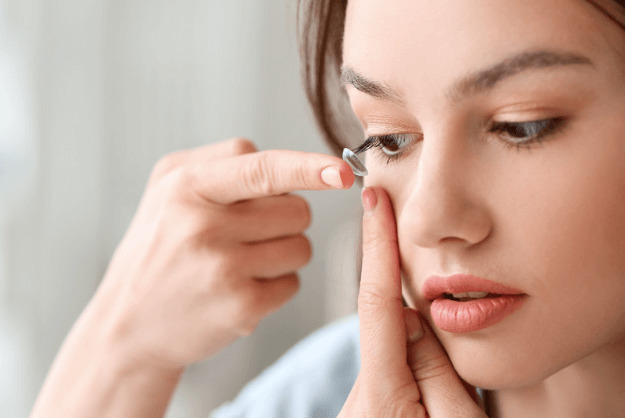
Soft & Hybrid Multifocal Contact Lenses
Specially designed soft contact lenses that are worn during the day and removed at bedtime. These lenses have been proven in long term studies to slow down eye elongation (and therefore myopia) through a method known as peripheral defocus.

These lenses are available in daily disposables for those without astigmatism, and also monthly disposable and hybrid designs for those with more complex prescriptions.
Orthokeratology
Orthokeratology treatment involves the overnight wear of customized rigid contact lenses that gently reshape the surface of the eye while sleeping.
This allows freedom from contact lenses and glasses during the day and is ideal for active kids who may otherwise be limited by eyeglasses during sports and other activities. It has also been shown in many studies to be one of the most effective methods to slow the progression of myopia.
These lenses can last up to 2 years and have a proven safety record when used under doctor supervised care along with good hygiene practices.
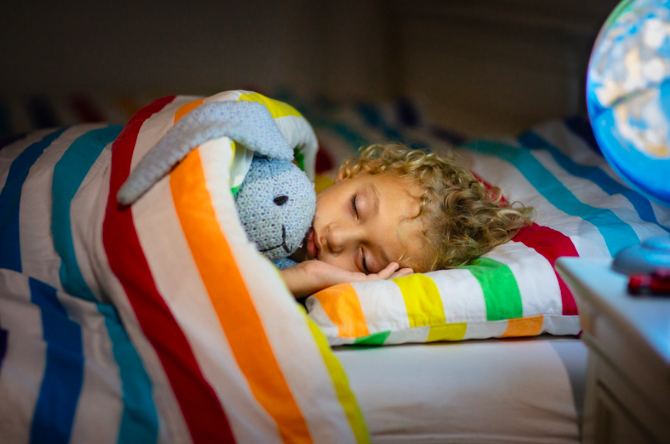
Orthokeratology
Orthokeratology treatment involves the overnight wear of customized rigid contact lenses that gently reshape the surface of the eye while sleeping.
This allows freedom from contact lenses and glasses during the day and is ideal for active kids who may otherwise be limited by eyeglasses during sports and other activities.

It has also been shown in many studies to be one of the most effective methods to slow the progression of myopia.
These lenses can last up to 2 years and have a proven safety record when used under doctor supervised care along with good hygiene practices.
Atropine Eye Drops
This treatment is often prescribed for children who are either too young or unable to wear contact lenses. However, it is most effective when used in conjunction with other treatments to further reduce myopia progression.
Recent studies show that 0.01 to 0.05% atropine decreases progression of myopia by 50-87%. It appears to act by thickening the layer of the eye just under the retina called the choroid. This may increase the structural integrity of the eye and thereby reduce its elongation.
These drops are made at compounding pharmacies and generally dispensed in supplies of 1 to 3 months. Some children will have light sensitivity or difficulty focusing at near, in which case the concentration is adjusted to reduce or eliminate these effects.
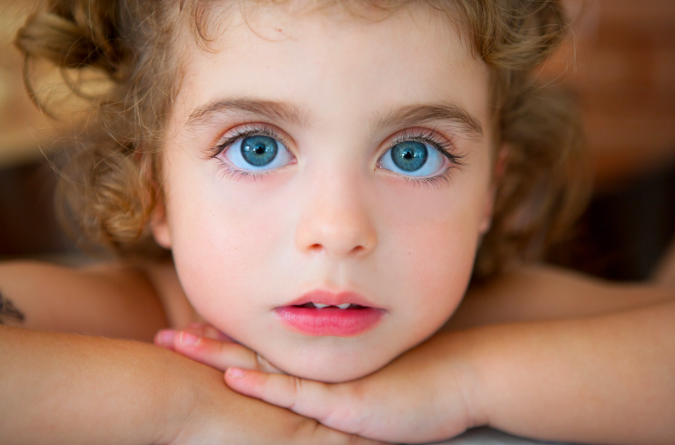
Atropine Eye Drops
This treatment is often prescribed for children who are either too young or unable to wear contact lenses. However, it is most effective when used in conjunction with other treatments to further reduce myopia progression.

Recent studies show that 0.01 to 0.05% atropine decreases progression of myopia by 50-87%. It appears to act by thickening the layer of the eye just under the retina called the choroid. This may increase the structural integrity of the eye and thereby reduce its elongation.
These drops are made at compounding pharmacies and generally dispensed in supplies of 1 to 3 months. Some children will have light sensitivity or difficulty focusing at near, in which case the concentration is adjusted to reduce or eliminate these effects.
Myopia Control Eyeglass Lenses
There are many new custom spectacle lens designs on the market designed to slow the progression of myopia. Some designs use tiny dots embedded in the lens, while others use concentric rings to create the defocus needed.
Research shows they can reduce myopia progression by as much as 60% when the appropriate lens design is chosen.
Proper fitting of the frames and lenses is critical to success, as the lenses must be properly centered for optimal effect. At Mission Eye Care, our opticians have a wealth of skill and expertise with these designs and can ensure proper fit and monitoring in conjunction with your eye doctor. We also offer no charge replacement within a year if the lenses get damaged or the prescription changes!
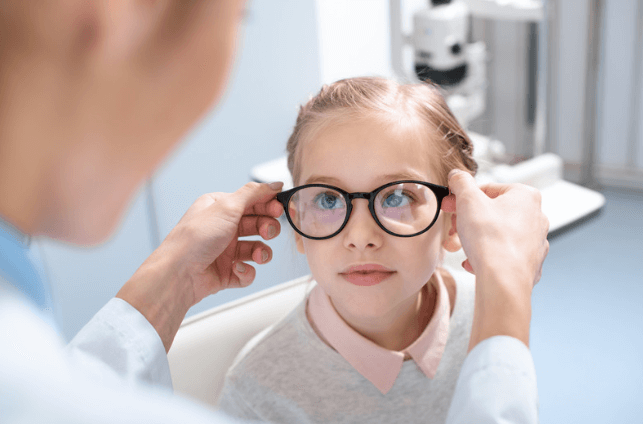
Myopia Control Eyeglass Lenses
There are many new custom spectacle lens designs on the market designed to slow the progression of myopia. Some designs use tiny dots embedded in the lens, while others use concentric rings to create the defocus needed.

Research shows they can reduce myopia progression by as much as 60% when the appropriate lens design is chosen.
Proper fitting of the frames and lenses is critical to success, as the lenses must be properly centered for optimal effect. At Mission Eye Care, our opticians have a wealth of skill and expertise with these designs and can ensure proper fit and monitoring in conjunction with your eye doctor. We also offer no charge replacement within a year if the lenses get damaged or the prescription changes!
Our Myopia Control Clinic
The Myopia Control Clinic at Mission Eye Care is where we use our expertise and technology to monitor your child’s myopia. Your Optometrist will make recommendations depending on baseline data, genetic risk factors and lifestyle, the latest clinical evidence, and the goals of treatment.
You will also get an annual report card with graphs showing the results of treatment relative to what they would have been without treatment. We want you to be as pleased with the outcomes as we are!
